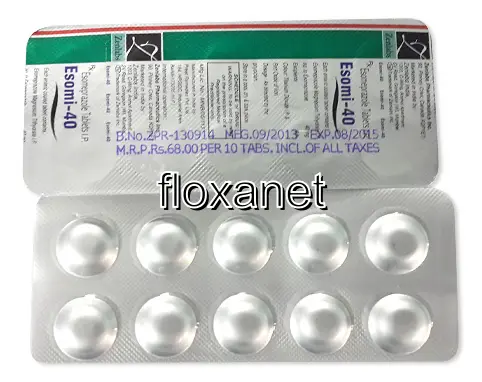| Package | Dosage | Price | Price per Dose | |
|---|---|---|---|---|
| Dosage: 20mg | ||||
| 360 pill | 20mg | £169.18 | £0.47 | |
| 270 pill | 20mg | £129.74 | £0.48 | |
| 180 pill | 20mg | £97.56 | £0.54 | |
| 120 pill | 20mg | £71.61 | £0.59 | |
| 90 pill | 20mg | £65.38 | £0.73 | |
| 60 pill | 20mg | £49.81 | £0.83 | |
| 30 pill | 20mg | £31.13 | £1.04 | |
| Dosage: 40mg | ||||
| 180 pill | 40mg | £125.18 | £0.70 | |
| 120 pill | 40mg | £88.22 | £0.74 | |
| 90 pill | 40mg | £79.91 | £0.89 | |
| 60 pill | 40mg | £58.12 | £0.97 | |
| 30 pill | 40mg | £36.32 | £1.21 | |

Esomeprazole Description
Overview of Esomeprazole
Esomeprazole is a widely prescribed medication primarily used to treat conditions related to excess stomach acid. It belongs to the class of drugs known as proton pump inhibitors (PPIs). These medications work by blocking the enzyme in the stomach lining that produces acid, helping to reduce acid production. As a result, esomeprazole effectively alleviates symptoms associated with acid-related disorders and promotes the healing of damaged esophageal and stomach tissues.
Medical Uses and Benefits
Esomeprazole is commonly used to treat gastroesophageal reflux disease (GERD), a condition where stomach acid frequently flows back into the esophagus, causing discomfort and potential damage. It is also prescribed for Zollinger-Ellison syndrome, a rare disorder characterized by overproduction of stomach acid. Additionally, it helps in preventing gastric ulcers caused by nonsteroidal anti-inflammatory drugs (NSAIDs) and is used post-surgery to prevent acid-related complications.
Effectiveness and Patient Experience
Many users report significant relief after using esomeprazole. It tends to work relatively quickly, with some patients experiencing symptom improvement within a few days of starting treatment. Its high efficacy in healing esophageal and gastric ulcers has been well documented. Patients often mention reduced heartburn, less regurgitation, and an overall improvement in their quality of life. However, the response can vary depending on the severity of the condition and individual factors.
Dosage and Administration
Esomeprazole is usually taken once daily, usually before a meal. The dosage varies depending on the condition being treated, typically ranging from 20 to 40 mg per day. It is essential to follow the healthcare provider’s recommendations and not to exceed the prescribed dose. For optimal results, consistent use over the prescribed duration is advised, even if symptoms improve early.
Potential Side Effects
While generally well tolerated, esomeprazole can cause side effects in some individuals. Common reactions include headache, nausea, diarrhea, or stomach pain. Rarely, more serious issues such as allergic reactions, liver problems, or blood disorders may occur. Long-term use has been associated with an increased risk of nutrient deficiencies, bone fractures, and gastrointestinal infections. Patients should regularly consult their healthcare provider, especially if adverse effects or unusual symptoms develop.
Precautions and Interactions
Before starting esomeprazole, patients should inform their healthcare provider about any existing health conditions and current medications. The drug may interact with certain drugs, including some antifungals, HIV medications, and anticoagulants, impacting their effectiveness or increasing side effect risks. Pregnant or breastfeeding women should discuss the benefits and potential risks with their doctor before use. It is also advisable to use the medication only as prescribed to prevent dependence or complications.
Conclusion
Overall, esomeprazole is considered a safe and effective treatment for acid-related disorders when used appropriately. Its ability to significantly reduce stomach acid production provides relief for many patients suffering from chronic conditions. However, like all medications, it requires proper oversight and monitoring to minimize risks and maximize benefits. Patients should always adhere to their healthcare provider’s guidance and report any concerns during treatment.
